Whether you prepare meals for yourself, your family, or as a hobby, sanitary cooking space is undeniably important. While you may be cleaning most of the kitchen on a regular basis, there is one particular spot that you might be forgetting about — the kitchen hood. Also referred to as a range hood or a stove hood, this appliance is often neglected despite its crucial role. It is essentially designed to extract the smoke and odors emitted while cooking. A kitchen hood basically serves as an exhaust fan, considerably improving the air quality. Greasy meals and indoor dust particles, however, eventually take their toll on the stove hood. Not giving the unit the proper maintenance may not only risk its functionality but also create an unhygienic cooking area.
How Often You Should Clean Your Kitchen Hood
When was the last time you had a look beneath the kitchen hood? If you can’t remember, then you’re probably not going to like what you see. Although a buildup of grease and dust only means that your appliance is doing its job, cleaning your stove hood every now and then is crucial for its longevity.
If you’re preparing meals on a regular basis, consider cleaning the hood inside out — including the filter — once a month. Otherwise, seasonal cleaning should be enough. However, it is always a good idea to clean at least the filter after cooking a holiday feast for instance — even if you don’t plan on cleaning the rest of the unit.
Grease and other flammable particles that make their way to the ductwork tend to stick to the surfaces. Cleaning your range hood on a monthly or seasonal basis not only ensures its good condition but may also prevent a fire.
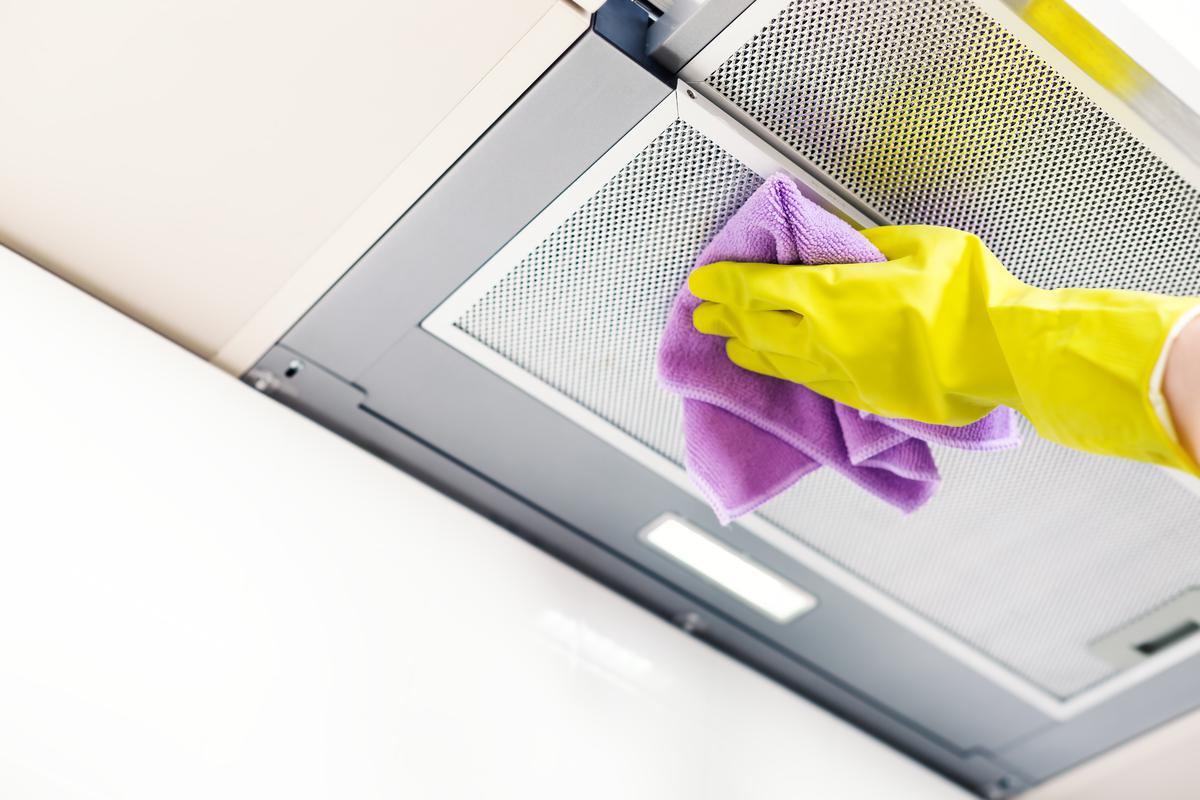
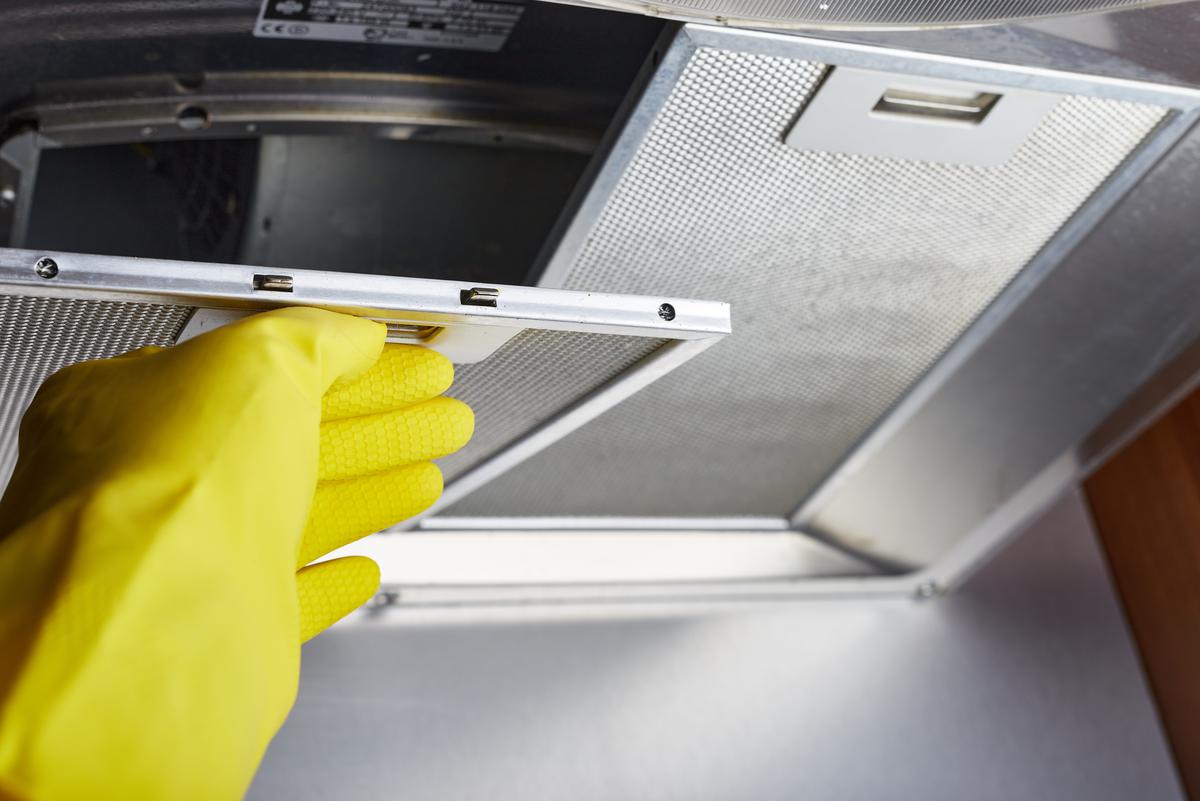
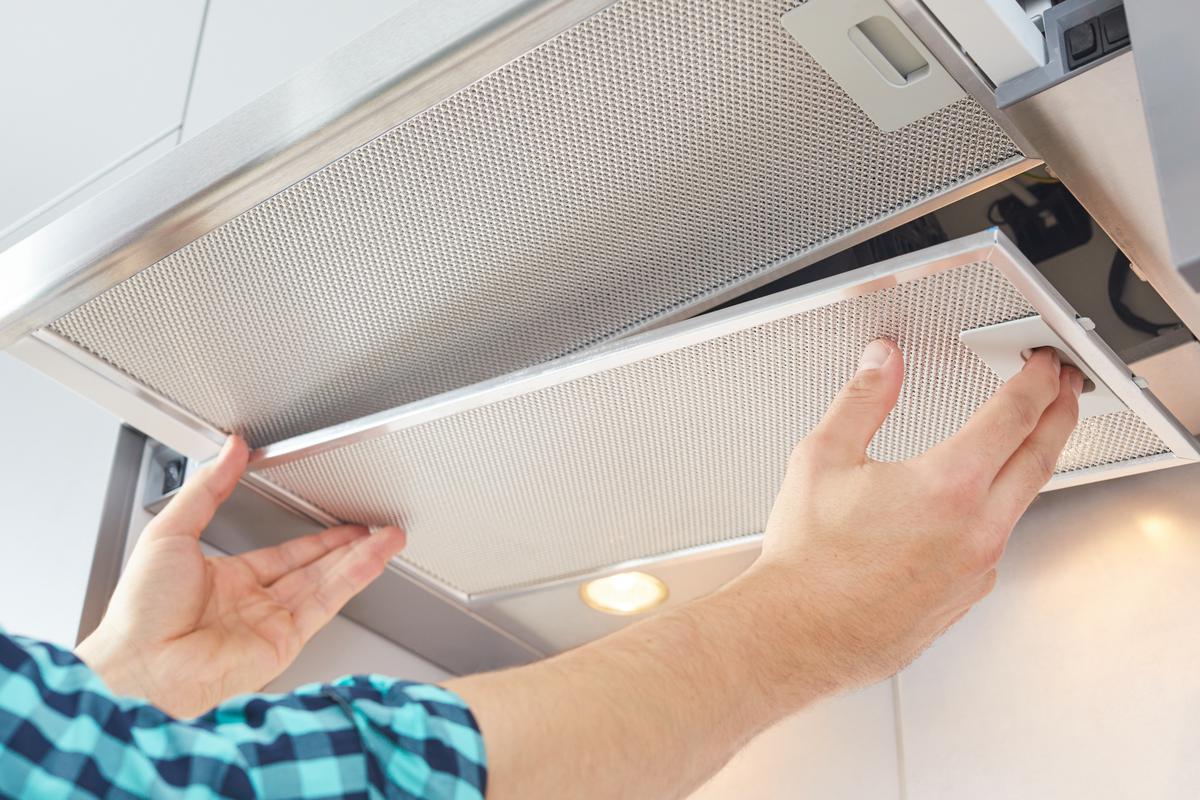
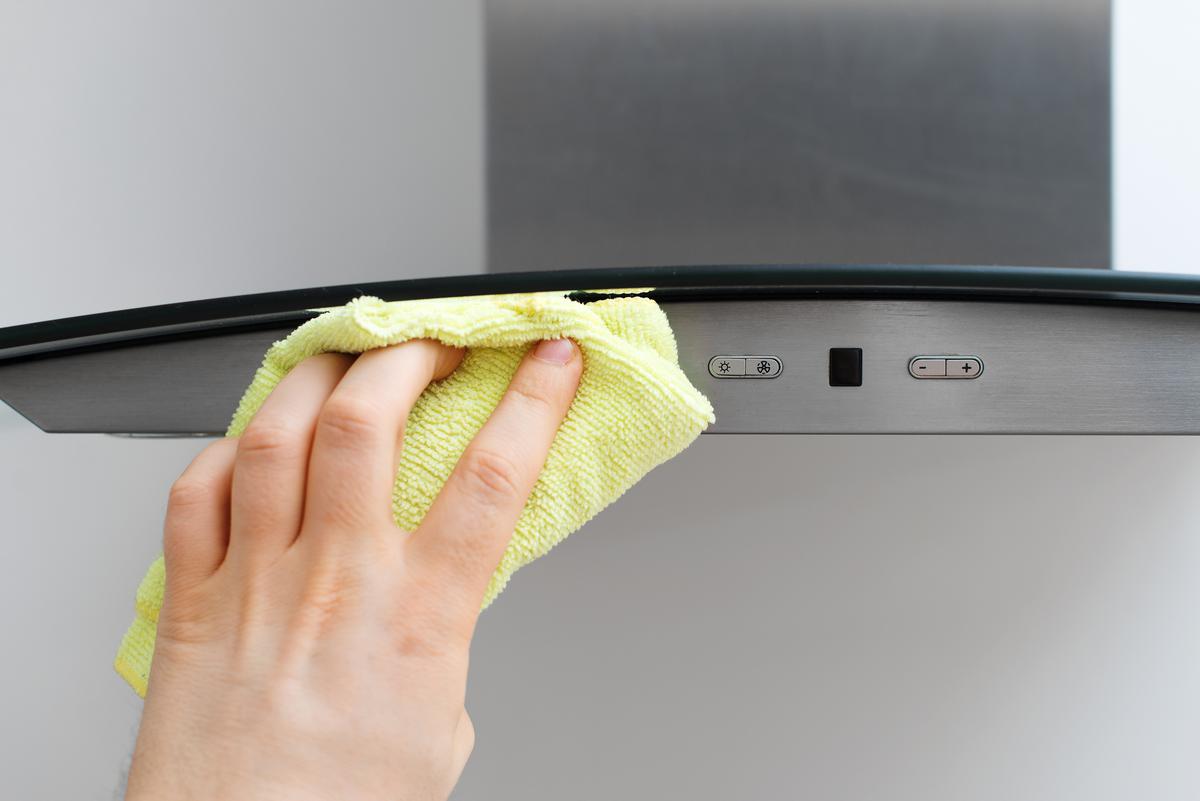
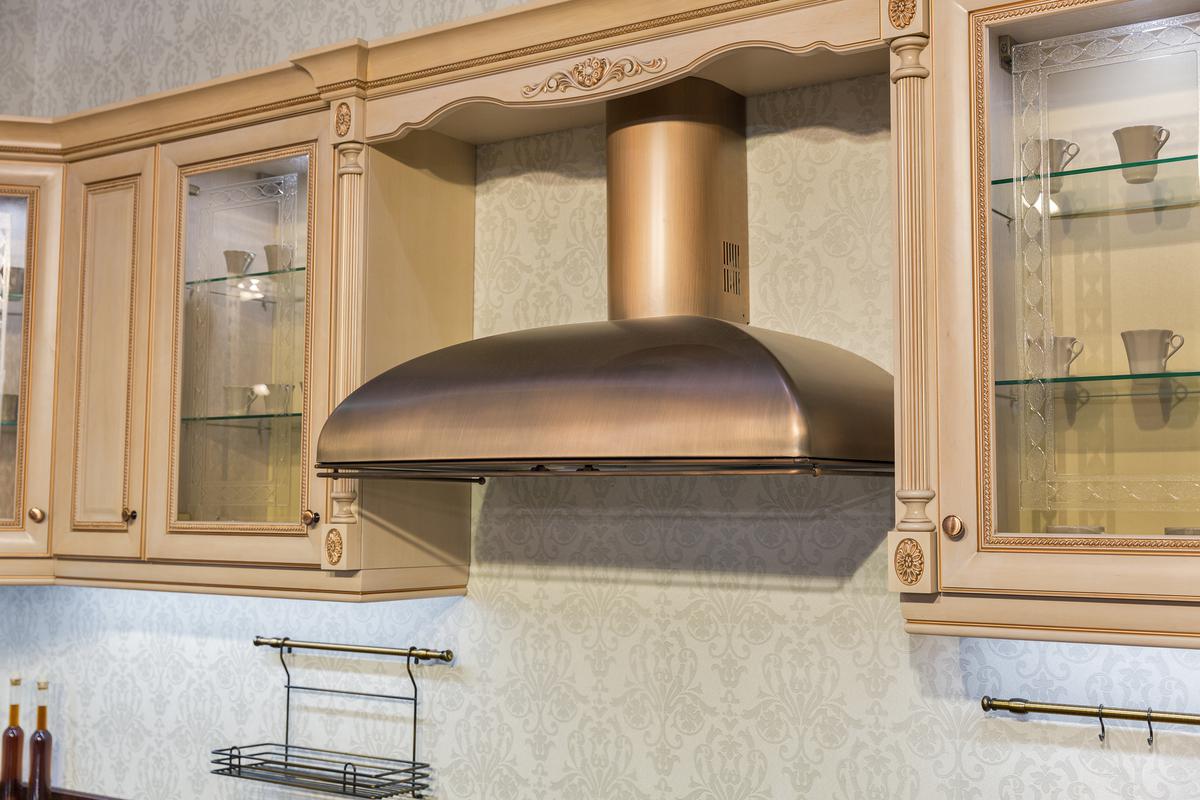
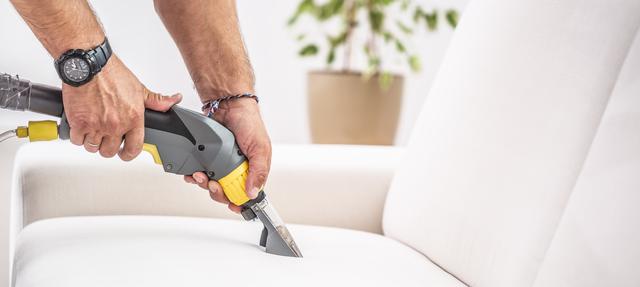


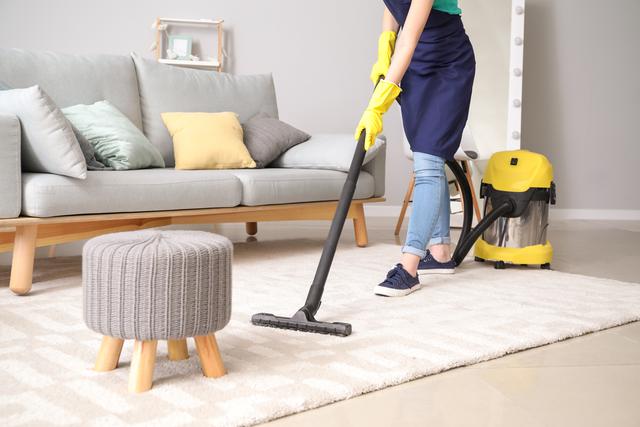
comments